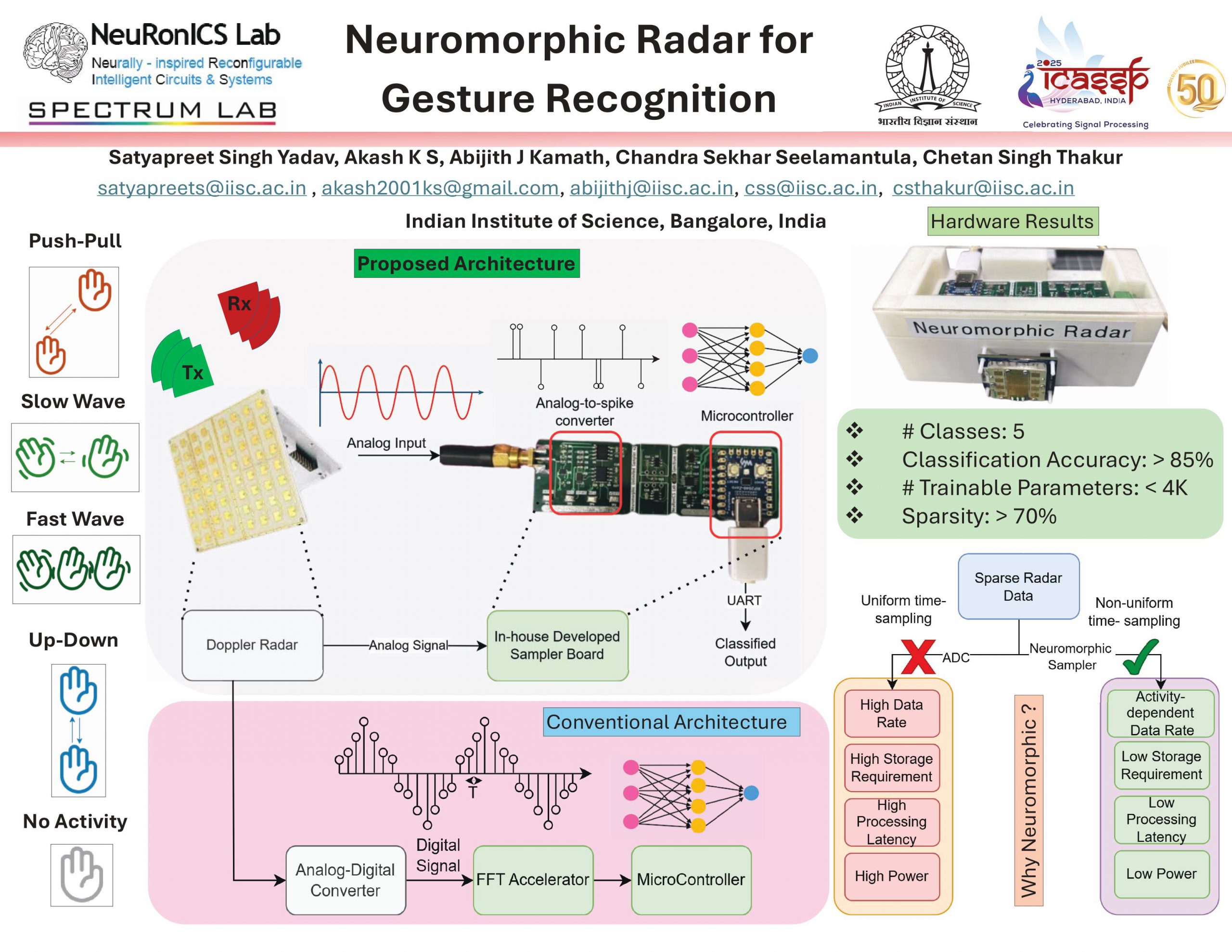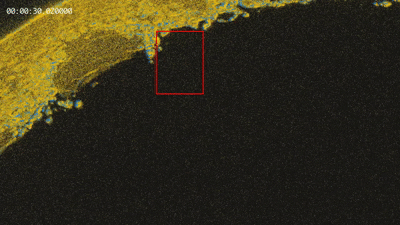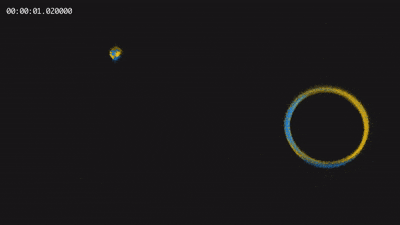Overview
We are a leading research group advancing the frontiers of event-based sensing and neuromorphic technologies. Our work spans hardware design, hardware-software co-design, algorithm development, and end-to-end system integration. We focus on cutting-edge areas such as neuromorphic cameras, neuromorphic radar, and neuromorphic brain-computer interfaces, with the goal of building next-generation intelligent systems that are fast, efficient, and adaptive.
Our research has led to pioneering contributions across diverse fields including astronomy, autonomous driving, robotics, microscopy and neuroscience. Notable achievements include developing high dynamic range (HDR) techniques for celestial imaging, unlocking new possibilities in astronomical observation, and introducing innovative algorithms for asynchronous noise filtering, segmentation, anomaly detection, and unsupervised event-data representation.
We are committed to shaping the future of low-latency, energy-efficient sensing and computation, bringing neuromorphic technologies closer to real-world applications and societal impact.




Media Spotlight
NewScientist Magazine Highlights Our Work On Astronomy Using Neuromorphic Cameras
Our research on performing astronomy using neuromorphic cameras that mimic the way biological eyes perceive the world has been featured in NewScientist. These bio-inspired sensors promise significant advantages for astronomy, enabling faster and more efficient High Dynamic Range Imaging and observations of transient celestial events. This recognition highlights our lab’s vision to reimagine celestial observation through neuromorphic sensing.
The article draws inspiration from our two recent works:
Demo
This demo presents an edge computing platform developed by us using Prophesee Gen4 with Raspberry Pi 4 for real-time, frame-free, multi-target clustering and tracking. It operates directly on asynchronous events using an Extended Kalman Filter (EKF) and can track blobs moving at speeds greater than 17,000 pixels/s, achieving sub-microsecond EKF latency with low localization error.
Selected Publications
- Yadav, S. S., Roy, N., & Thakur, C. S. ENHANCING CELESTIAL IMAGING: HIGH DYNAMIC RANGE WITH NEUROMORPHIC DETECTORS.
- Yadav, S. S., Pradhan, B., Ajudiya, K. R., Kumar, T. S., Roy, N., Van Schaik, A., & Thakur, C. S. (2025). Neuromorphic Cameras in Astronomy: Unveiling the Future of Celestial Imaging Beyond Conventional Limits. arXiv preprint arXiv:2503.15883.
- Mangalwedhekar, R., Singh, N., Thakur, C. S., Seelamantula, C. S., Jose, M., & Nair, D. (2023). Achieving nanoscale precision using neuromorphic localization microscopy. Nature Nanotechnology, 18(4), 380-389.
- Annamalai, L., & Thakur, C. S. (2024). EventF2S: Asynchronous and Sparse Spiking AER Framework using Neuromorphic-Friendly Algorithm. arXiv preprint arXiv:2402.10078.
- Annamalai, L., Ramanathan, V., & Thakur, C. S. (2024). EventMASK: A Frame-Free Rapid Human Instance Segmentation with Event Camera Through Constrained Mask Propagation. IEEE Robotics and Automation Letters.
- Annamalai, L., & Thakur, C. S. (2024). EventASEG: An Event-Based Asynchronous Segmentation of Road With Likelihood Attention. IEEE Robotics and Automation Letters.
- Kudithipudi, D., Schuman, C., Vineyard, C. M., Pandit, T., Merkel, C., Kubendran, R., ... & Furber, S. (2025). Neuromorphic computing at scale. Nature, 637(8047), 801-812.
- Annamalai, L., Ramanathan, V., & Thakur, C. S. (2022). Event-LSTM: An unsupervised and asynchronous learning-based representation for event-based data. IEEE Robotics and Automation Letters, 7(2), 4678-4685.
- Annamalai, L., Chakraborty, A., & Thakur, C. S. (2021). EvAn: neuromorphic event-based sparse anomaly detection. Frontiers in Neuroscience, 15, 699003.
- Thakur, C. S., Wang, R., Hamilton, T. J., Tapson, J., & van Schaik, A. (2016). A low power trainable neuromorphic integrated circuit that is tolerant to device mismatch. IEEE Transactions on Circuits and Systems I: Regular Papers, 63(2), 211-221.
- Pradhan, B. R., Bethi, Y., Narayanan, S., Chakraborty, A., & Thakur, C. S. (2019, May). N-HAR: A neuromorphic event-based human activity recognition system using memory surfaces. In 2019 IEEE International Symposium on Circuits and Systems (ISCAS) (pp. 1-5). IEEE.


